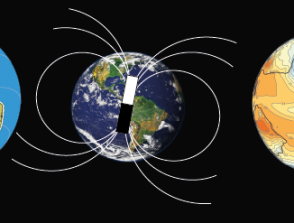Detrital magnetization of marine sediments. Signals in natural environment and laboratory experiments
Start: 01 October 2012
End: 26 April 2016
Supervisors :
Jean-Pierre Valet, Julie Carlut
Related teams :
Paleomagnetism
Status: Defended




